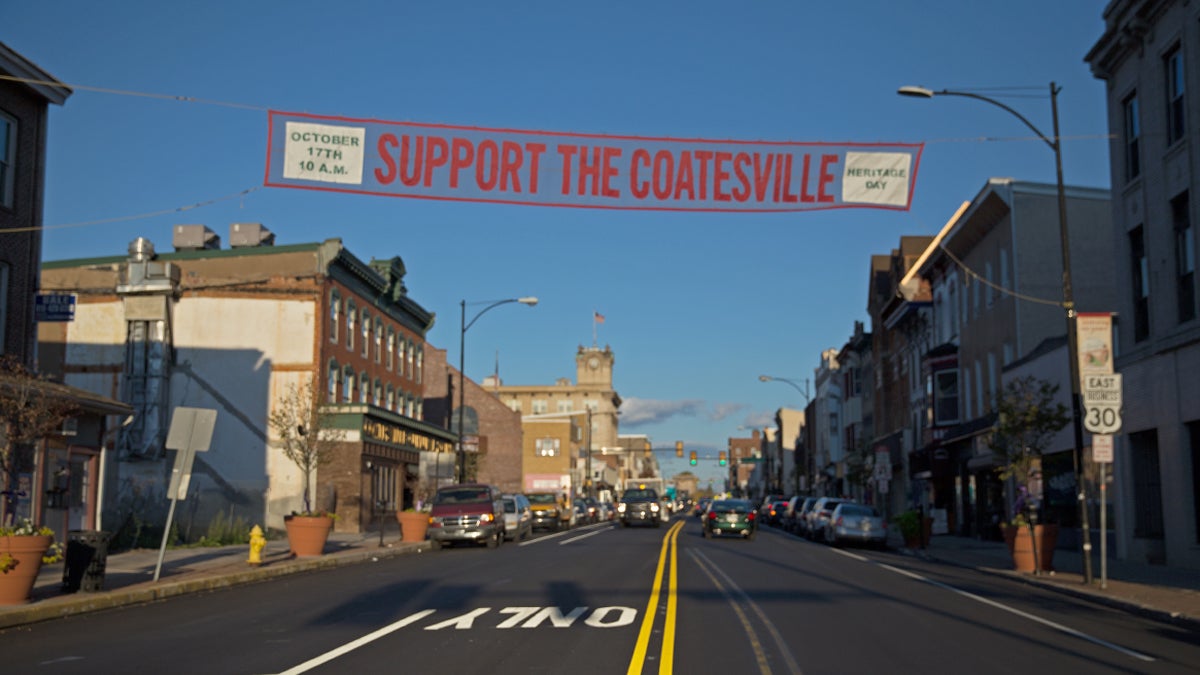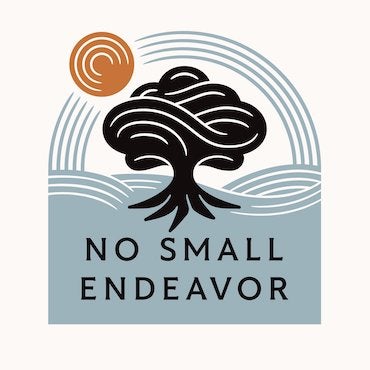What your city can learn from the cost of water in Coatesville, Pa.
Listen
Coatesville, a small city in Chester county sold its water and sewer utilities for $48 million to the Pennsylvania American Water Company in 2001. After the sale and a three year rate freeze expired, combined bills increased an average of 282 percent. (Lindsay Lazarski/WHYY)
Rising administration costs and dwindling coffers mean cities across Pennsylvania are looking for quick cash.
Selling off a big asset, say an energy or water utility, can seem like just the save they need. In 2013, Allentown leased its water authority for 50 years to stave off a pension crisis. The following year, Middletown Borough in Dauphin County signed it own five-decade deal for $43 million, an arrangement the mayor called “the lesser of two evils.”
With such long-range deals, it can be hard to gauge how much cities will benefit in the end — and how selling a public asset impacts customers.
Enter Coatesville. This small city in Chester County sold its water and sewer utilities to the Pennsylvania American Water Company (PAWC) in 2001 for a cool $48 million. What’s happened in the decade and a half since then may provide some perspective to cities considering selling their own utilities.
The deal
About a third of Coatesville’s citizens live below the poverty line and the city is home to about 43 percent of Chester County’s Section 8 recipients. The downsizing of its industrial heart, the former Lukens Steel Company (now ArcelorMittal), left a gaping hole in the city’s tax revenues.
To make ends meet, the city taxed residents’ income at nearly double the rates of other towns in Chester County, and still came up short. Officials saw an opportunity to balance their books and ease some of the burden on taxpayers by selling their water and sewer utilities.
Still, the sale had critics.
“At first I was a naysayer,” said City Councilwoman Carmen Green. “It’s an asset, let’s keep it an asset.”
Green was in office when the sale happened and has recently been sworn in again. In addition to public service, she holds down a full time job at a local Rent-A-Center.
Green said the promise of certain service improvements, like an insurance plan to help pay for leaky pipes on resident’s properties started to change her mind. Plus, the local sewer plant, built in 1932, was in dire need of an upgrade and environmental remediation that the city would have a hard time financing.
“They would probably have had to float a bond and or probably require moneys from all the supporting municipalities around” to make those fixes, said Green.
Cash upfront was also a selling point. After paying off some debts, the city parked $39 million from the sale into a trust, figuring the interest alone would cover about a third of the city’s operating budget and allow it to reduce city taxes on residents.
A big investment
In the contract, PAWC agreed to freeze rates for three years, and went about making system improvements and adding new customers.
“The wastewater treatment plant that we built was a $55 million investment,” said PAWC spokesman Terry Maenza.
In 2005, the Environmental Protection Agency issued a consent order against the Coatesville Regional Wastewater Treatment Facility in South Coatesville, calling for both facility upgrades and a capacity increase — a more expensive redevelopment package than the city had anticipated.
Upgrades to the water treatment plant ran another $24 million. All told, Maenza said PAWC spent $160 million on system improvements serving Coatesville between 2005 and 2015.
That investment came with strings. “We ask for a return on investment because the capital we get to invest in those systems comes from shareholders,” said Maenza.
While companies can access private capital to finance big improvements, ratepayers end up picking up the tab over the long run.
“No matter who runs a water system, rates are a primary support,” according to consultant and senior vice president with the Mercer Group, Stephen Egan.
Egan advises municipalities from Georgia to Michigan on running more efficient water utilities. He said while a private company may be able to lower prices through economy of scale, when it comes to big infrastructure improvements, rates are nearly the only source of revenue.
“It’s hard to pay for these things,” said Donald Cohen, Executive Director of In The Public Interest, a group that promotes “democratic” control of public works. “The way we’ve been funding infrastructure is by not funding it” in this country, he said.
The numbers back him up. The EPA estimates the United States has $674.7 billion in unmet water infrastructure “needs.”
So, Pennsylvania American Water Company raised its rates. Since 2001, PAWC has applied for five rate increases for water service and six for sewer across Pennsylvania.
“It’s a racket”
Jackie Davis lives by herself in a two-story house on East Lincoln Highway. The local Democratic committed chairwoman, Davis is active in Coatesville’s civic life and has been an opponent of rate increases.
Proffering her monthly bill, Davis said she pays about $100 a month for water and sewer — equivalent to what she used to pay every quarter with three kids at home prior to the water sale.
“I don’t think they care if we can afford it or not,” said Davis. “It’s a racket.”
According to Maenza, the PAWC spokesman, Davis’ bill is close to average for Coatesville. Since the rate freeze expired, wastewater bills jumped from an average of $15 a month to $58. Water prices went up too, from $25 to $55 a month. The combined effect is a increase of 282 percent more than rates paid in 2001. The Pennsylvania Public Utilities Commission modified and approved every rate request.
“We knew it was coming, we just didn’t know how much.”
Wayne “Ted” Reed worked for the old City of Chester Authority (CCA), which ran the water utility, before the sale, and for PAWC after. For the 14 years prior to the water sale, he said the CCA had avoided raising rates, by bringing in new customers to cover costs. They also patched leaky or failing systems, instead of overhauling them.
With the sale, and the impending upgrade, officials expected rates to rise, said Reed.
“We knew it was coming, we just didn’t know how much,” he said.
That they still handed over the reins is a sticking point for some. According to Food and Water Watch, a water rights activist group, consumers pay an average of 33 percent more on their monthly bills following a sale. They say turning over the reins to a company mandated to make a profit — and facing no competition — give residents less of a voice.
To protect Coatesville’s many poor residents, Reed said Coatesville officials negotiated for a three-year rate freeze, to “help those low-income people to prepare.”
“In retrospect, I don’t think we looked at that enough,” he said.
In 2010, Coatesville residents organized to protest their second wastewater rate increase request in as many years. In 2012, they got some relief. Pennsylvania passed Act 11, which allows PAWC to spread the costs of the expensive wastewater treatment facility upgrades among their water customers across the state.
But what about that big payout the city got for selling its utilities in the first place? It’s almost gone. Of the $39 million Coatesville socked away in 2001, only about $6 million remains. The rest was spent on lawsuits following a failed golf course development, and to cover annual budget deficits.
Disclosure: WHYY CEO Bill Marrazzo is on the board of directors of the American Water Company, parent company to PAWC.
WHYY is your source for fact-based, in-depth journalism and information. As a nonprofit organization, we rely on financial support from readers like you. Please give today.


